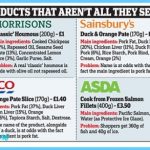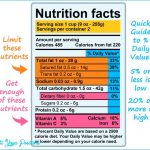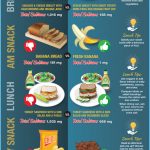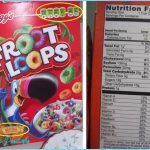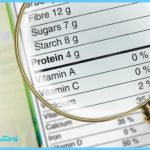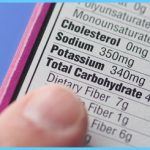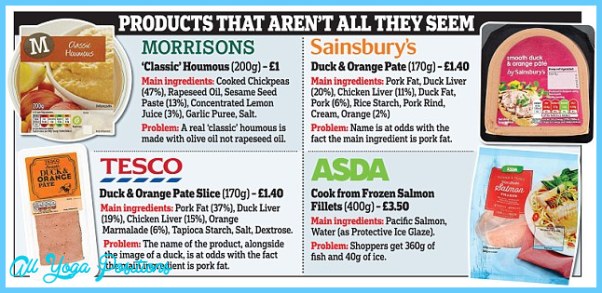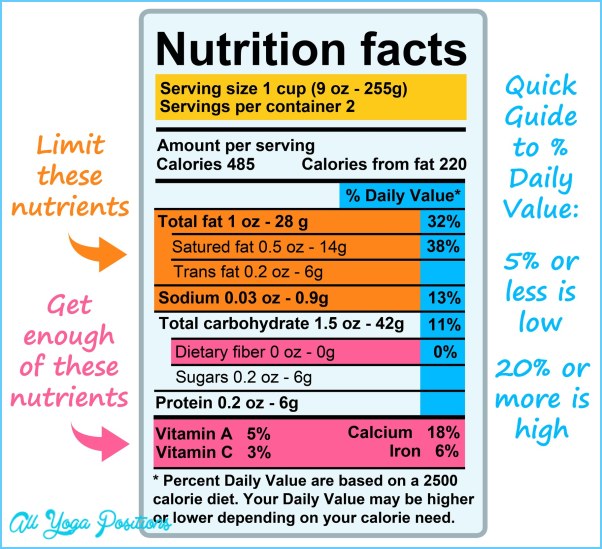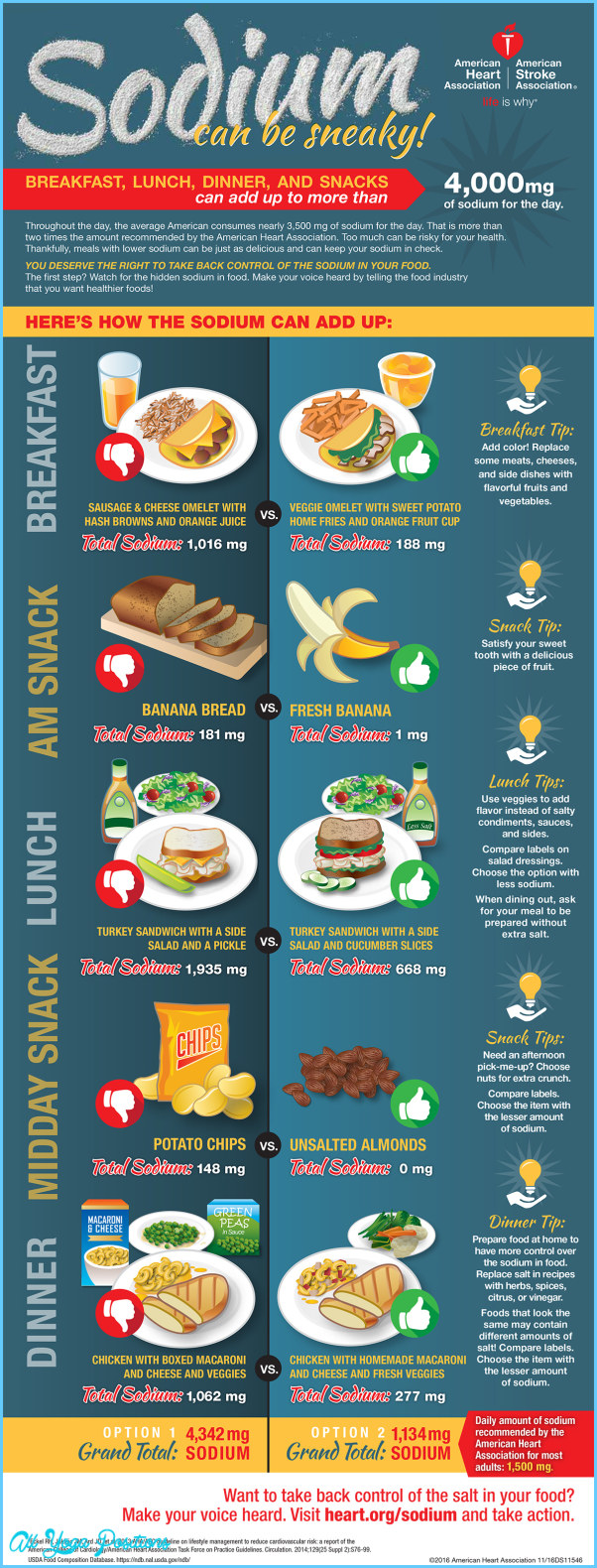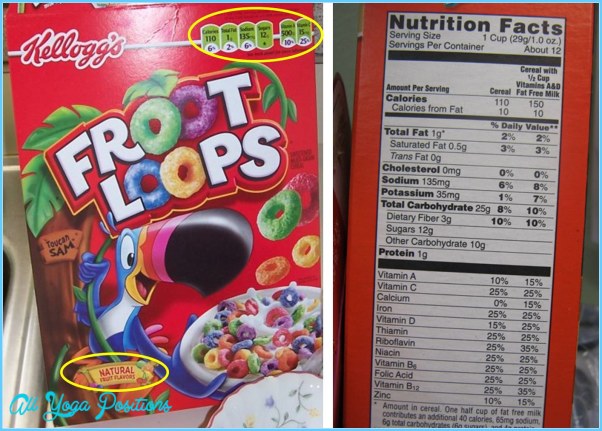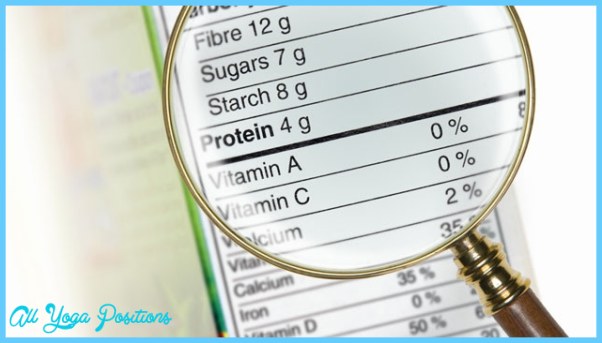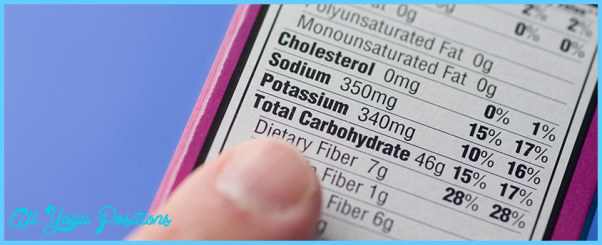WHAT’S UP WITH FOOD LABELS?
A food label, also known as a nutrition facts label, tells you information about the food that is considered extremely important from a nutritional standpoint.
DON’T NOODLE
No need to tally and count like a madwoman. If you find yourself obsessing over food labels, stop reading them.
Don’t stress.
If you are following The Cactus Plan (see here) recommendations for three nutritious meals, (breakfast, lunch, and dinner) and a couple of healthy snacks in between, you’ll be fine in the protein, carb, fat, vitamin, minerals, fiber, and calorie departments.
WHAT’S UP WITH FOOD LABELS? Photo Gallery
INGREDIENTS LIST
This is different from the nutrition facts label. The ingredients list tells you every last thing inside the package: E-V-E-R-Y-T-H-I-N-G. If you have food allergies, check the ingredients list on food packaging so you can know what foods to avoid.
By law, all of the ingredients in a package must be listedand listed in a specific order. The first ingredient on the product’s list must be the ingredient that there is most of by weight. Then the rest must follow in descending order by weight. The ingredients at the end of the list are the least abundant.
FOOD LABELS FOR BEGINNERS
Sometimes we casually check food labels out of boredom while we are eating or drinking something.
Or we check them out after we’re done.
At some point, you may want to pay closer attention to food labels, and if you do, keep in mind their purpose: to help make sure we’re getting enough nutrients and fiber and not too much heart-unfriendly fat, cholesterol, or sodium.
F.Y.I. SCAN FOR SODIUM
We need sodium, but most of us get too much. Processed food tends to be high in salt, and sodium amounts can vary widely from brand to brand. Scan the food label and look for processed foods that have no more than 300 milligrams of sodium per serving.

